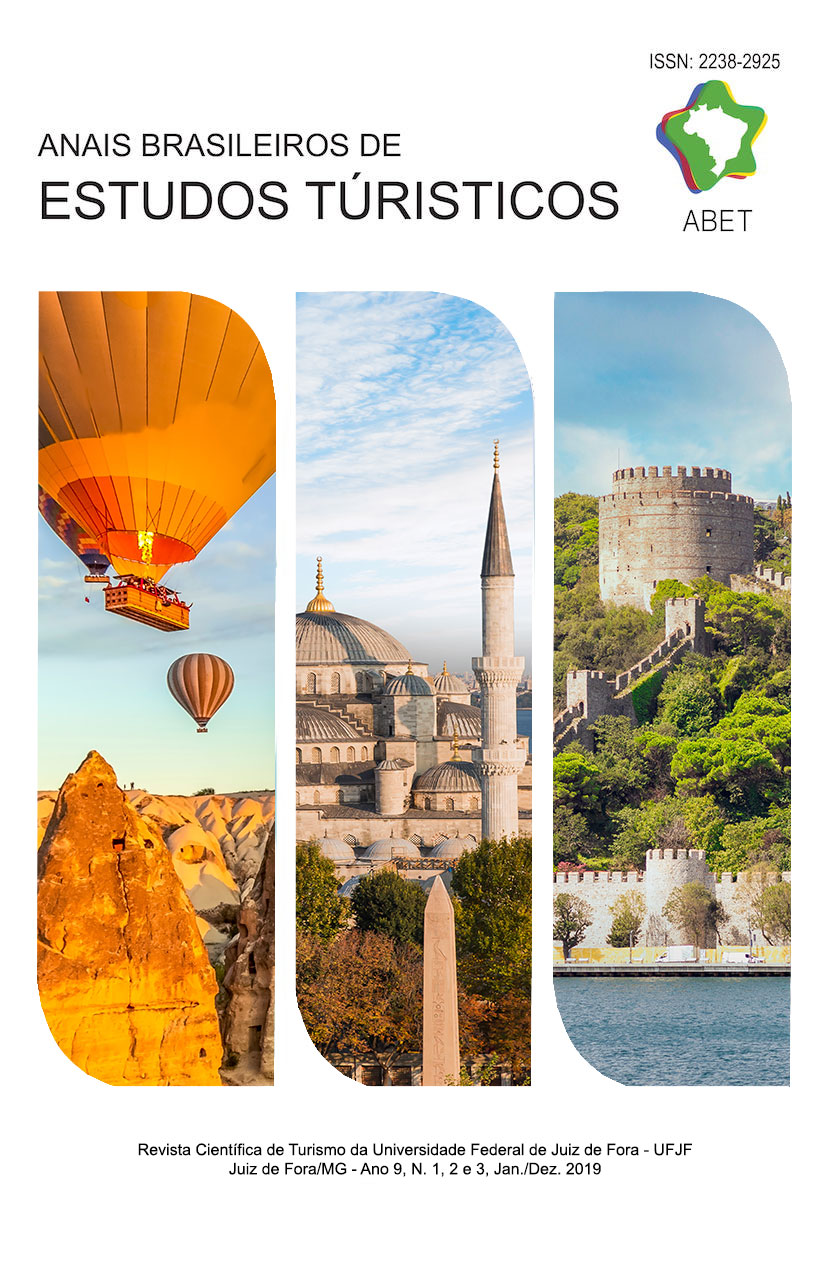An Investigation on the Basic Contents of the Main Dishes of the Turkish Cuisine
DOI:
https://doi.org/10.34019/2238-2925.2019.v9.27149Abstract
Nutrition has been the most basic requirement since the creation of mankind. People have met this basic requirement with different ways and methods in the course of their lives. The main dishes are known as the most important element in their meals. Main meals consumed especially at lunch and dinner are thought to be a reflection of the national cuisine. Therefore, analyzing the dishes in meals will also reveal the eating habits in the Turkish culture in a way. The data inside 767 main dishes of the Turkish cuisine were collected and the TF-IDF (Term frequency-inverse document frequency) analysis was conducted via the QDA-MINER software. Depending on analysing both of Turkish habits and of most popular raw materials in the cuisine can be uncovered. The average number of products in the main dishes of the Turkish cuisine, distribution of these products into nutrient groups and importance levels of the used products were shown. As a result; beef, butter, garlic, tomatoes, lemons, parsley, oil, eggs, potatoes and green peppers were found to have high percentage of use.
Downloads
Downloads
Published
How to Cite
Issue
Section
License
This journal provides immediate open access to its content, following the principle that providing free scientific knowledge to the public provides greater democratization of world knowledge.
Authors must agree to the following terms relating to copyrights:
(a) Authors keep all copyright and grant the to the journal the right of first publication, with the work simultaneously licensed under the Creative Commons Attribution License that allowing job sharing with recognition of authorship of the work and initial publication in this journal.
(b) Authors are allowed to assume additional contracts separately, for non-exclusive distribution of the version of the work published in this journal (e.g. publish in institutional repository or book chapter), with recognition of authorship and initial publication in this magazine.
(c) Authors are allowed and are encouraged to publish and distribute their work online (e.g. in institutional repositories or on your personal page) since they do not do this before or during the editorial process, as this can generate productive interchange, as well as increase the impact and citation of work aired. (See Effect of Free Access).















